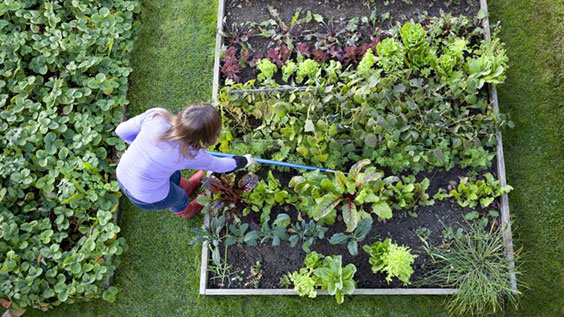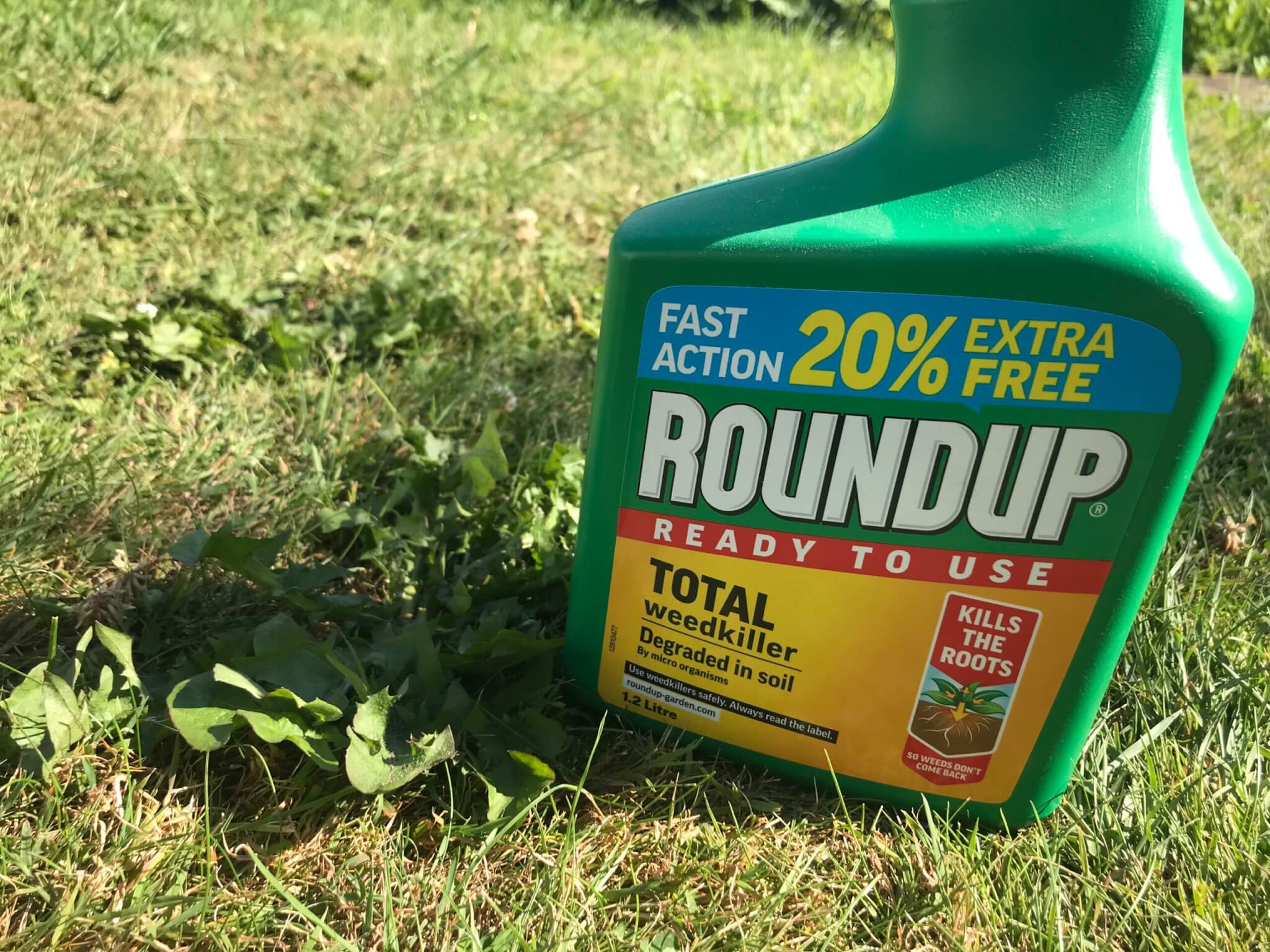Land dedicated to allotments has fallen by 65 per cent in the last 6o years with the most deprived urban areas seeing the biggest losses, a new study has found.
Researchers from the University of Sheffield’s Institute for Sustainable Food analysed historic maps covering the major cities across the UK from the beginning of the 20th century to 2016.
They found that, by 2016, just over a quarter of the historical allotments were still present, while almost half had been built on, and another quarter had become different types of green space.
The study, published in the journal Landscape and Urban Planning, found the lost land could have grown an average of 2,500 tonnes of food per year in each city.

In addition, deprived urban areas have lost eight times more allotment space than wealthier parts of cities, and were far more likely to see allotments converted to commercial and industrial buildings.
The decline in land available for allotments contrasts with a surge in demand as citizens respond to the benefits of growing vegetables for food security and wellbeing. In England, waiting lists grew from fewer than 10 people per 100 plots in 1996, to more than 50 for every 100 plots in 2013, the study found.
If allotments were restored to historical levels, they could meet 100 per cent of the current demand, researchers found.
“Our findings strengthen the case for preserving existing plots and boosting growing space, particularly in deprived areas, to share those benefits more fairly across our cities,” said PhD researcher and lead author, Miriam Dobson.
“Growing our own fruit and veg has huge benefits for people’s health and wellbeing and can contribute to local food security and improve our environment.”
Four out of the five cities for which waiting list data was available (Southampton, Newcastle, Leicester and Sheffield) would be able to meet current demand by restoring former allotments that have been converted to green space.
On average, three quarters of this land was suitable for reconversion – with the potential to feed an extra 14,107 people.
The link between social inequality and food growing was also notable in the potential for restoration, as almost half of land suitable for restoration to allotment space is in the most deprived areas.
This suggests that the most food insecure communities stand to gain the most from such an initiative, the study said.













Our allotment association is over 100 years old and still going strong. It’s large – over 100 plots and on prime building land, but highly valued by the community. It’s an oasis in an urban environment.
How amazing Jennifer and what a fantastic community resource that is nourishing in all ways.